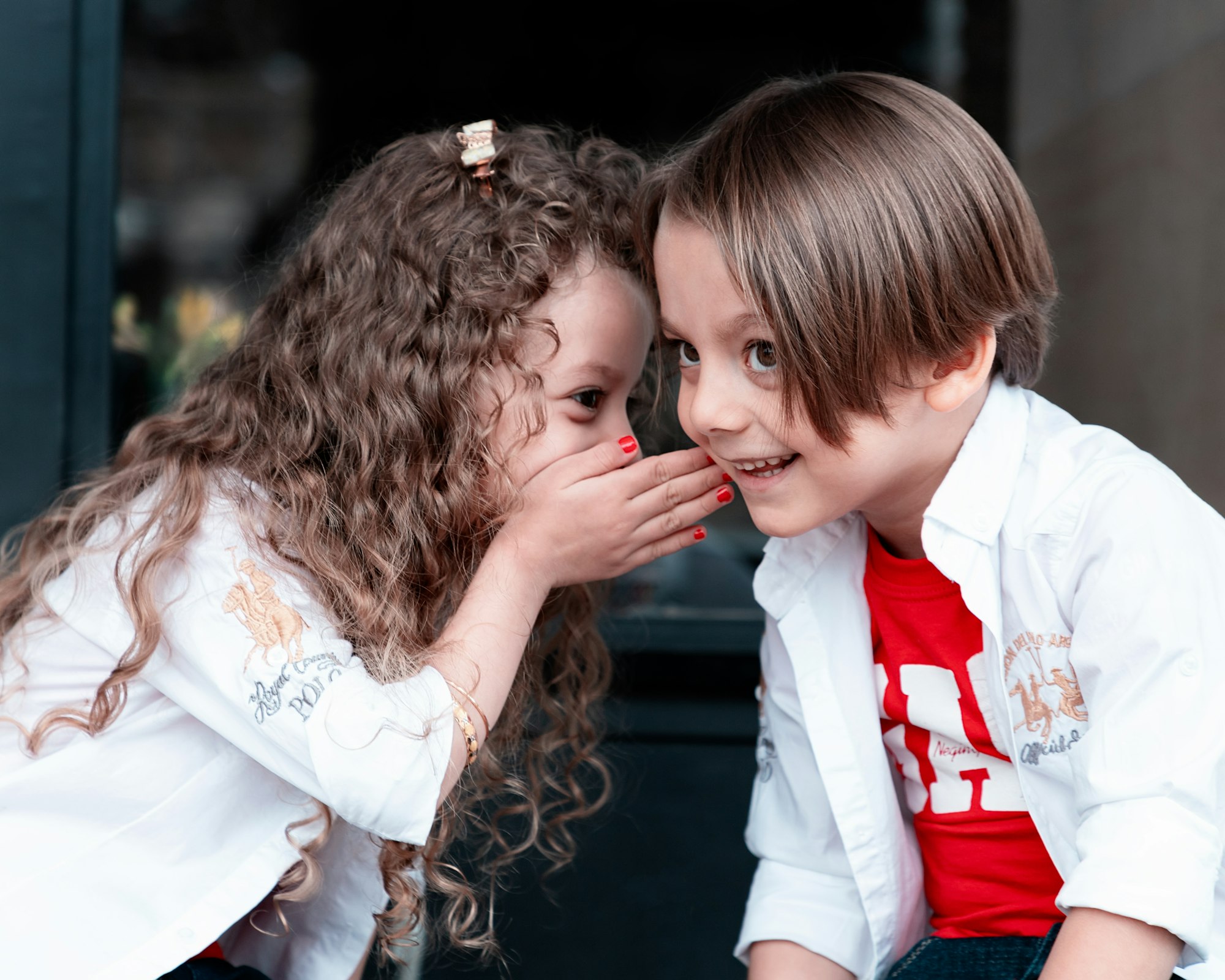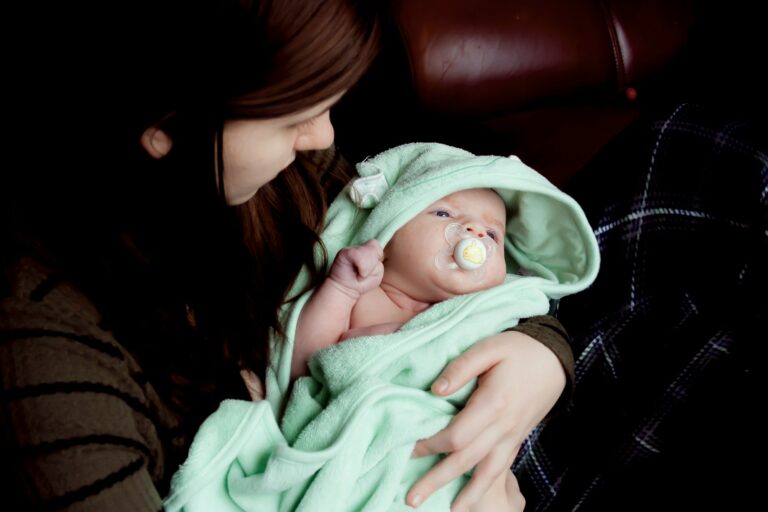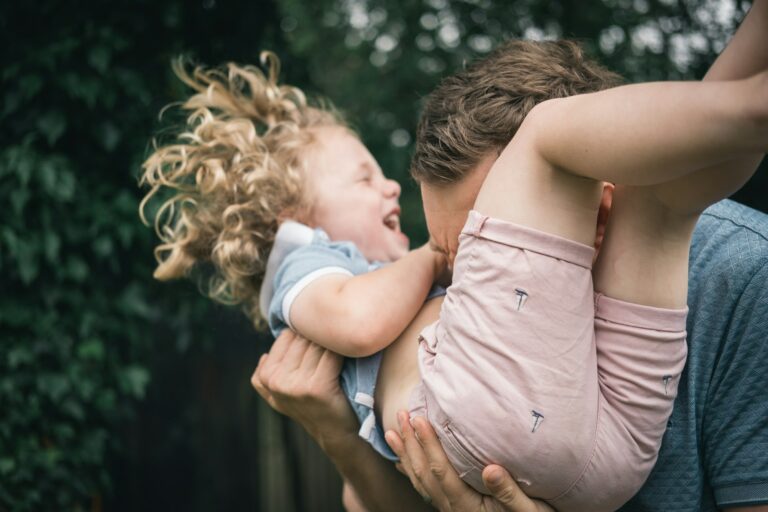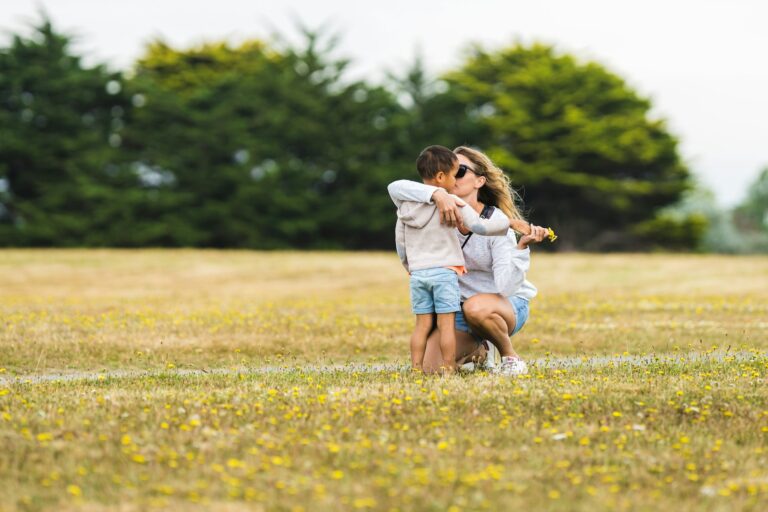From the very first cry that pierces the delivery room’s air to the streams of questions that seem to tumble endlessly from a curious three-year-old, child language development stages weave a complex and fascinating journey. Many parents secretly wonder: “Is my child developing language at a typical pace? Should I be concerned about that mispronounced word, or do all children stumble like this?” These questions echo in households everywhere, and the journey through the stages of child language development rarely follows a straight path. Whether your child is babbling, experimenting with words, or beginning to speak in long sentences, understanding these development stages can offer both comfort—and a roadmap—for what lies ahead. Science-backed knowledge, practical strategies, and simple explanations are there to help; let’s discover together how language grows and changes from those first gurgles.
Unpacking child language development stages: Birth to five years and beyond
Foundations laid before speech: The prelinguistic chapter (birth–12 months)
What unfolds in those very first months feels nothing like speech, yet the foundation for child language development stages is quietly taking shape. Newborns express a symphony of needs through sharp cries, eye contact, and wriggling movements; it’s a communication orchestra that parents soon learn to interpret with remarkable accuracy. At three months, you may notice those delightful coos and gurgling noises—vocal play that helps the brain connect sounds with sensations. Four to six months, and babbling springs up—those “ba-ba” and “da-da” repetitions, the essential rehearsal space for future speech production.
By the time a baby is nine months old, a fascinating shift occurs: gestures, such as pointing or waving, enter the scene (medical science calls this “preverbal intentional communication”). These gestures, woven with vocal sounds, signal a child’s growing awareness that objects and actions can be labelled—an early and mighty leap within the child language development stages. Watch carefully: by 11 to 12 months, some babies delight caregivers by using their first meaningful word—and this small milestone carries enormous neurological significance.
Technical detour: The role of brain maturation and hearing
Language learning is not merely about imitation. Brain structures, especially the temporal lobe involved in auditory processing, mature rapidly during this stage. Consistent auditory exposure (talking, singing, responding to gurgles), and regular monitoring for hearing issues, are recommended. Family environments rich in gestures, facial expressions, and engaging “parentese” (infant-directed speech with musical intonation) boost both comprehension and emotional security.
Single-word adventure: Holophrastic stage (12–18 months)
Suddenly, one day—often between the first and second birthday—your child points to the fridge and says, crystal clear and determined, “milk.” This is not simply a word: it is a shorthand sentence, a holophrase that packs an entire idea (“I want milk”) into a single utterance. The child language development stages label this period as the “one-word stage.”
Toddlers favour “portmanteau” words that serve multiple purposes—“more” might mean “I want more to eat,” “again,” or even “let’s play another round.” And gestures remain powerful allies: pointing, raising arms to be lifted, or directing your gaze, all illustrate intent where speech cannot yet reach.
Under the microscope: Receptive versus expressive vocabulary
Strikingly, a child’s receptive vocabulary (words understood) far outpaces expressive vocabulary (words spoken). For parents, this can be perplexing. A child who follows commands like “give ball” might still say only “ball.” This gap is entirely normal and a frequent feature of early child language development stages.
Building sentences: The two-word stage (18–24 months)
Language leaps forward. Two-word combinations—“mama come,” “more juice,” “doggy sleep”—start to form. The simplicity of these phrases belies the complex brainwork behind them. Children have begun to understand that words can be strung together to clarify desires or to comment on their world.
During this phase, you’ll notice action verbs (“eat,” “play,” “go”) and, very often, possessives and pronouns like “mine.” The typical two-year-old might command an impressive vocabulary of around ten to fifty words, depending on individual temperament, familial habits, and language input.
Adults as language amplifiers
Conversations—even those that seem one-sided—are critical. Adults repeating or expanding a child’s phrases (“more juice” becomes “You want more juice?”) provide scaffolding, supporting the next developmental leap within the child language development stages.
Concise efficiency: Telegraphic stage (24–30 months)
Communication becomes rapid and direct, mirroring the telegraphic brevity of old telegrams. Phrases like “want biscuit,” “doggy go park,” are standard. “Function words”—small connectors like “the,” “is,” and verb endings—often remain absent, but meaning is rarely lost.
At this stage, toddlers begin experimenting with longer utterances, piecing together basic stories about small adventures or daily observations. Scientific studies demonstrate that, while grammar lags, children’s mastery of narrative structure flourishes with frequent storytelling and playful interaction.
Flourishing complexity: Early and later multi-word stages (30 months–4 years)
By age two-and-a-half, language blossoms spectacularly. Sentences stretch: plurals, pronouns, prepositions (“in,” “on,” “under”) enter everyday speech. Sentences are longer; “I go park now” gives way to “I am going to the big park with Daddy.” Opposites (“hot-cold,” “big-small”), time concepts (“yesterday,” “tomorrow”), and open-ended questions (“Why did it rain?”) appear, showing a leap in abstract thinking.
Three to four-year-olds revel in storytelling, connect events with “because,” and comfortably shift from one clause to another. Intonation, emotion, and grammar are increasingly shaped by the child’s observation of adult speech—all core mechanisms within child language development stages.
Medical note: Grammar overgeneralisation is part of healthy progress
Don’t be alarmed if your child says “goed” instead of “went” or “foots” instead of “feet.” This overgeneralisation, a scientifically studied and expected phenomenon, signals the child’s attempt at applying language rules before exceptions are learned.
Language mastery: Five years and onward
Enter the age of language refinement. Children from five years onwards typically construct complex, well-formed sentences. They handle subject–verb agreement, storytelling, and even nuances in conversation—changing tone based on who is listening. Academic language, necessary for reading and writing, develops alongside social language needed to make friends and solve disputes.
Children can already follow multi-step instructions and use vocabulary tailored to different situations. By this stage, most children have traversed all the essential child language development stages, though individual timing, influenced by genetics, family routine, and culture, remains highly variable.
Factors shaping child language development stages
Genetics, hearing, and brain function
Much as a plant needs both good soil and regular sunshine to grow, language relies on a healthy auditory system, normal brain development, and favourable genes. Any hearing difficulties or developmental conditions (like autism spectrum disorders) may create unique routes—or pauses—on the child language development stages journey. Early specialist intervention can make a marked difference.
Family environment, bilingualism, and the spirit of play
A child who grows up surrounded by engaging conversation, laughter, and stories enjoys a richer language environment. Interactive reading, playful turn-taking (“peek-a-boo”), and practical sharing of daily events (“Now we are putting on socks,” “Look, the dog is sleeping”) fuel vocabulary and conceptual understanding.
Bilingual children sometimes mix languages (a natural process called “code-switching” in medical speech pathology). Their progression can be slightly slower to start, but the cognitive benefits last a lifetime—richer executive function, easier learning of additional languages, and, often, stronger empathy and cultural awareness.
Language input matters—and quality beats quantity
Scientific evidence emphasises that high-quality, interactive exposure to language drives robust progress across child language development stages. Reading aloud, engaging in conversation, describing actions (“Let’s wash the red apple”), and listening patiently as children explain ideas, are all beneficial.
Limiting passive screen time and increasing real-life exchanges with responsive adults make a measurable difference, as found by paediatric research.
Milestones, grammar, and when to worry
Gradual mastery, normal hiccups, and early warning signs
Progress across grammar and sentence-building feels uneven: children often leap forward, then plateau. Overgeneralised errors (“mouses” for “mice”) are part of healthy progression. However, some challenges signal a need for attention:
- No babbling or gestures by 12 months
- No recognisable single words by 18 months
- Unable to combine words by 24 months
- Speech mostly unintelligible after the third birthday
Speech disorders (issues with producing sounds correctly) differ from language disorders (difficulty understanding, using words, or grammar). Sometimes only one aspect is affected. If gaps persist across several child language development stages or seem to widen compared to peers, consulting a paediatrician or speech-language pathologist offers clarity.
Early intervention and professional guidance
Audiology screening, speech and language therapy, and parent-led activities are the mainstays of intervention. Resolving hearing concerns and providing a tailored support plan are key, as developmental research consistently confirms the value of early action.
Everyday strategies to support child language development stages
From babbles to bedtime stories: practical tips
- Talk with your baby from birth, describing what you’re doing and naming objects
- Use gestures, facial expressions, and “sing-song” speech to hold their attention
- Respond to coos, babbles, and first words with warmth and expanded phrases (“Car!” becomes “Yes, red car is going fast!”)
- Read stories aloud every day—picture books, rhymes, and songs are scientifically shown to boost vocabulary
- Encourage your child to express choices, ask questions, and share stories—even if sentences are imperfect
Multilingualism, special needs, and school readiness
Expose children in multilingual families to both languages through daily routines, songs, and simple games. For children with special needs or medical challenges, adapting strategies—sign language, visual supports, structured routines—facilitates participation in every phase of the child language development stages.
Teachers, grandparents, and extended family all play critical roles. A nurturing community, rather than any single technique, best supports growth.
Key Takeaways
- The journey through child language development stages starts from the first soothing cry—growing into rich, expressive speech.
- Each child’s timeline is shaped by genetics, brain maturity, family routine, sensory input, and cultural context.
- Interactive conversation, storytelling, and responsive adults nurture healthy progress through the stages.
- Medical vigilance—early detection of speech or language delays—makes a measurable difference. Never ignore persistent concerns; professionals are there to help.
- Download the application Heloa for personalised advice and free health questionnaires to support your child’s language and developmental milestones.
Questions Parents Ask
How can I help my bilingual child develop language skills in both languages?
Bilingualism grants children a flexible and resourceful mind—it is never a barrier. Children may swap between languages, a phenomenon called “code-switching,” but this is a normal part of bilingual development. Offer regular exposure through stories, everyday conversation, and music in both languages, maintaining a playful approach. If progress feels slow, stay calm; most bilingual children catch up or even outpace peers in the long run. Warm, natural communication matters more than strict “one-language-at-a-time” rules.
What are some typical challenges children face during language development?
Pronunciation slips, mixing up words, or repeating syllables are all common. As children learn, they experiment with sounds—some are tricky, and others take longer. Temporary stutters or word hesitations frequently disappear with time and support. If your child becomes frustrated or shy about talking, model patience, celebrate attempts, and create plenty of low-pressure opportunities to communicate.
Is it normal for children to regress in their language abilities?
Temporary regression is neither rare nor alarming. Stress, fatigue, big life changes, or even mastering other new skills (like walking or toilet training) can cause a child to fall silent or use fewer words. If this phase lasts or if your child seems less responsive in general, seek advice from your healthcare provider. Occasional setbacks are a natural rhythm of the child language development stages.
Further reading:









